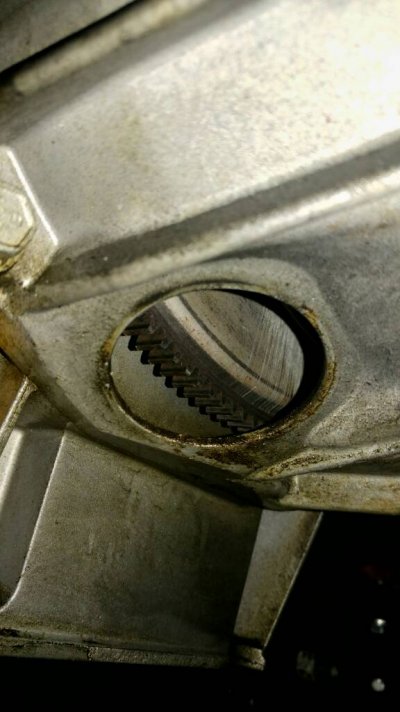08z71bgm
Supporting Member
Lol no you’re both wrong. That’s when you need a new muffler bearing on the left side!I thought that was the sound it made when low on blinker fluid?
Sent from my SM-G930V using Tapatalk
Disclaimer: Links on this page pointing to Amazon, eBay and other sites may include affiliate code. If you click them and make a purchase, we may earn a small commission.
Lol no you’re both wrong. That’s when you need a new muffler bearing on the left side!I thought that was the sound it made when low on blinker fluid?
Sent from my SM-G930V using Tapatalk
What if you only have muffler bearings on the right side?Lol no you’re both wrong. That’s when you need a new muffler bearing on the left side!
Right driver side or right passenger side?What if you only have muffler bearings on the right side?
Sent from my SM-G930V using Tapatalk
That one sounds like “boioiong ting ting ting thump thump ting boioing”!What if you only have muffler bearings on the right side?
Sent from my SM-G930V using Tapatalk
Is the car in England or the US?Right driver side or right passenger side?
How about Japan or Australia?Is the car in England or the US?
I was kinda being facetious about it being easy. Unbolting the bellhousing is the biggest PITA of the job. You really wouldn't have to drop the trans. "Just" unbolt (or remove) the starter, remove the plastic shield, remove the three flexplate-to-converter bolts, unbolt the driveshaft, unbolt the rear trans mount, remove the eight bellhousing bolts (some will have nuts on top of them that hold other items), disconnect the trans cooler lines from the trans, pop out the trans dipstick tube (one of those items secured by a nut on the bellhousing bolt/stud), might have to unplug a harness(s) or release it from the clips for slack, then support the trans with a transmission jack or some other that can roll, then slide the trans backward a couple inches.
You'll need about 4' of extensions with U-joints and/or wobble extensions to reach some of them bellhousing bolts from the back of the trans.
The material of the alignment tool isn't much concern for you. If you were a shop that worked on a lot of LSs, then you'd invest in a billet one. Honestly, I've never used one. I use the crankshaft to center the cover, then a straightedge to align the bottom of the cover with the bottom of the block, letting it pivot on the crankshaft. This is easy to do with the engine out, but with it in the vehicle and with limited working space, the alignment tool will pay for itself in labor. All the covers (oil pan included) have to be aligned within very tight tolerances. The oil pan has to snug up to the block and bottom of the front and rear covers, so those covers go on first and have to be in proper alignment. The bellhousing snugs up to the rear of the block and to the oil pan, so the oil pan has to be in proper alignment. You don't wanna have the bellhousing pushing or pulling on the oil pan cuz it can crack it. Yes, there are two long bolts that secure the oil pan to the rear cover. These are the two that get torqued to a much lower spec than the rest of the oil pan bolts (106 in.-lbs. versus 18 ft.-lbs.)
Any chance your rear main seal is ok and it's just your oil pan gasket leaking? Have you tried cleaning off all the oil and watching for fresh trails to find the source? Grab a couple cans of Super Tech brake parts cleaner from Walmart and spray off the oil. Don't forget the safety goggles!
I was hoping it was the pan gasket or the oil pressure relief valve.
When I had my car on the lift my mechanic was pointing out oil up on the starter and other spots up there and said it has signs of the rear main going from the oil spatter

